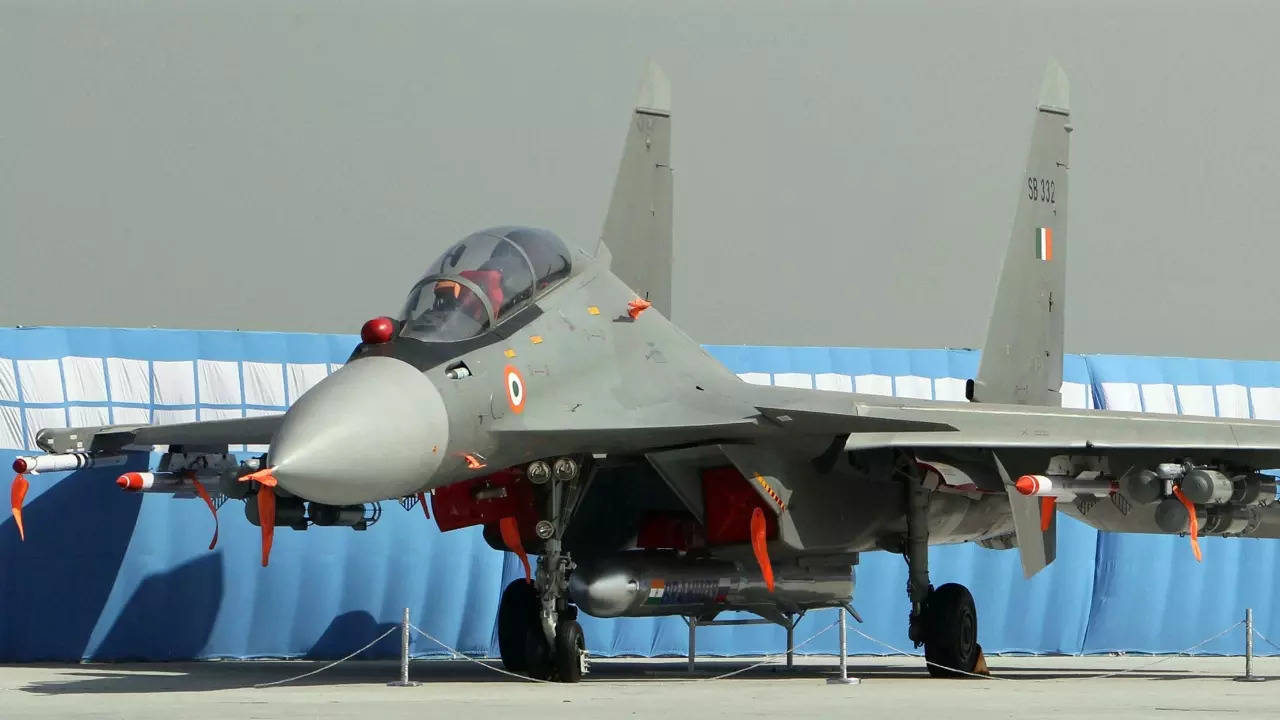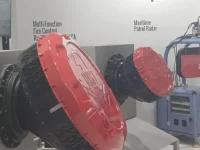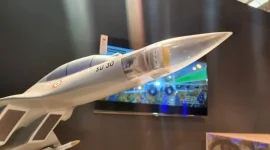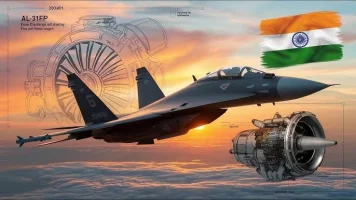
India's defence capabilities are set to receive a significant boost with the development of the Virupaksha radar, a cutting-edge Active Electronically Scanned Array (AESA) Fire Control Radar designed to replace the existing Russian-made system in the Sukhoi-30MKI fighter jets.
Technological Advancements
The Virupaksha radar represents a substantial leap forward in radar technology. Its AESA architecture, utilizing numerous small antennas to electronically steer radar beams, offers unprecedented speed and flexibility in targeting. This translates to a heightened ability to track and engage multiple targets simultaneously, a crucial advantage in modern aerial warfare.With an estimated 1,200 to 1,400 transmit-receive (T/R) modules, surpassing the 900+ modules of its predecessor, the Uttam Mk2, the Virupaksha radar exhibits enhanced power and detection capabilities. Trials have demonstrated its ability to track 64 to 100 targets concurrently, while also effectively controlling and guiding multiple air-to-air missiles towards a single target.
Key Advantages
One of the most notable benefits of the Virupaksha radar is its reduced weight. Weighing less than 300 kg, it represents a 50% reduction compared to the N011M Bars radar, leading to a lighter nose cone for the Sukhoi-30MKI. This weight reduction is expected to enhance the aircraft's maneuverability, a critical factor in aerial combat.Furthermore, the Virupaksha radar boasts a significantly increased range, exceeding the 140 km head-on search range of the N011M Bars radar by a factor of 1.7. This extended range allows the Super Sukhoi to engage enemy targets from a safer distance, minimizing the risk of being hit by beyond-visual-range air-to-air missiles (BVRAAMs) and granting a crucial first-strike advantage.
Versatility and Resilience
The Virupaksha radar's capabilities extend beyond air-to-air combat. It operates effectively in air-to-ground and air-to-sea modes, offering specialized functions such as high-resolution mapping and target classification.Additionally, its advanced electronic counter-countermeasures (ECCM) technology ensures resilience against enemy jamming and interference attempts, guaranteeing reliable performance in hostile environments.
The radar is expected to be gradually integrated into the existing fleet of Sukhoi-30MKI aircraft in the coming years.



